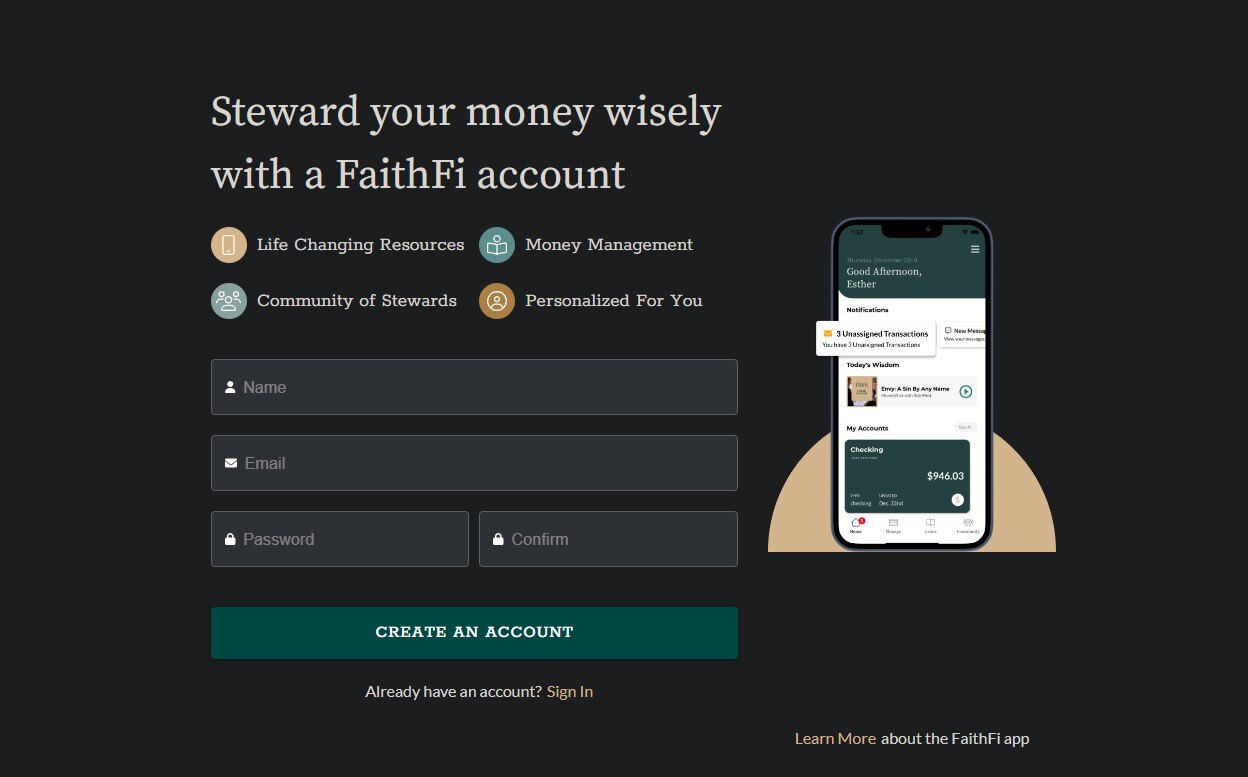Your Social Security Number is Stolen, Now What?
Disclosure: Nate Sargent Coaching does not receive any financial compensation from the businesses and services listed in this article.
There are numerous free credit and identity monitoring services available today, so there is no excuse for not keeping track of your personal information. For example, Mastercard provides a free ID Theft Protection service for its cardholders. The service is highly effective and will notify you if your personal information is detected as stolen. However, what should you do if you discover that your social security number is stolen, sold on the dark web, and is now in the possession of malicious actors? This can be a distressing situation, but there are several steps you can take to further safeguard your identity and credit.
Step 1: Understand what ID protection means
There is a lot of jargon in the cybersecurity space, and many services claim to offer identity protection. When I first started learning about identity theft protection, I thought paying a monthly fee to a service would protect my information from being stolen. Perhaps you've had similar thoughts? The reality is that no service can fully protect you from having your information stolen. Why? Because your personal information is stored by the businesses and utilities you use. If hackers break into their systems, the identity theft protection company you hired cannot stop them from stealing your personal information.
So what does “ID protection” really mean – it means that the service is actively trolling the dark streets of the internet for your personal information. If it detects your personal information has been stolen, it will alert you. It's important to note that while this alert is important to help you take further steps to protect yourself, the service does not actually prevent your identity from being stolen.
Step 2: Report the theft to the Social Security Office and Federal Trade Commission (FTC)
If you have received a notification that your social security number has been stolen and used to re-create your identity, it is important to report the theft to the Social Security Office and the FTC. You can easily file your report online, and they will ask about the timing and nature of the theft. The more details you can provide, the better they will be able to assist you.
Step 3: Freeze all of your credit reports
It's important to freeze all your credit reports, whether or not you've been notified of stolen identity. Even though a credit freeze is different from a credit report "lock," it's just as effective in preventing unauthorized use of your personal information to open a credit card. The best part is that a credit freeze is free. You can find the links to each of the credit reporting agencies below.
Step 4: Never provide your personal or account information
The easiest way to exploit someone's stolen identity is to obtain a few extra pieces of information. For example, if a thief already has your address, phone number, and social security number, they can do a lot of damage with an account number or a PIN code. You might receive a text message indicating that a utility bill has not been paid and you are at risk of having your utilities shut off. Alternatively, you might receive an urgent email from a thief pretending to be a legitimate business or financial institution.
The best course of action is to delete the messages and not engage. If you receive a message that you believe could be legitimate, do not engage with the text message or email – simply call their customer support and talk to someone about what you see. Avoid clicking buttons, replying, or providing your account information to an unsolicited inquiry.
Step 5: Continue to monitor your accounts
The best course of action to take when you discover that your personal information has been stolen is to monitor your accounts closely. Promptly reporting any fraudulent charges is greatly appreciated by financial institutions, which will then take swift action to close the compromised account and prevent additional losses. They will also reimburse you for any confirmed fraudulent charges.
Step 6: Consider Identity Theft Insurance
ID theft insurance does not prevent your identity from being stolen or exploited. However, since dealing with stolen or exploited identity can be expensive, the insurance company offers a product to help cover the costs of restoring your identity or helping you re-create your digital identity, up to $1,000,000 of coverage. Before you buy a monthly subscription to an ID theft program, check with your insurance company to see if they offer any ID theft protection insurance. You might be surprised to find out that it is already included as part of your homeowner's insurance coverage.
Identity theft is a complex and frightening issue. By following steps 1-4, you can significantly reduce the risk of theft and exploitation. However, having additional insurance can provide peace of mind knowing that you have financial support in the event of significant identity theft costs. Take the time to educate yourself about identity theft and how to prevent malicious individuals from compromising your identity. Start by monitoring your identity and don't delay getting started.
Useful Links:
ID Protection
- Mastercard ID Theft Protection
- Social Security Office
- Experian Credit Freeze
- Transunion Credit Freeze
- Equifax Credit Freeze
Identity Theft Insurance
%20(4).png?width=500&height=180&name=Sargent%20Financial%20Group%20Logo%20(2)%20(4).png)
%20(3).png?width=500&height=186&name=Sargent%20Financial%20Group%20Logo%20(2)%20(3).png)




